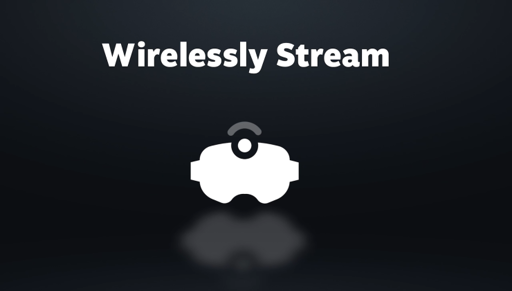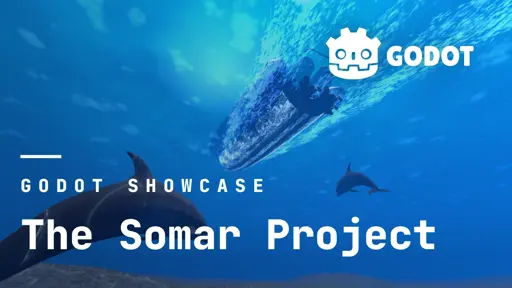How do you know? Many ATMs run Linux these days.
poVoq
Admin on the slrpnk.net Lemmy instance.
He/Him or what ever you feel like.
XMPP: [email protected]
Avatar is an image of a baby octopus.
- 72 Posts
- 927 Comments

 12·12 hours ago
12·12 hours agoThis is not a new argument, but the author is a bit confused with the terms. Usually it is phrased as “social network” Vs. “social media”.
Its actually less about Python (or Rust), but about using well established frameworks (Flask in the case of Piefed), compared to a lot of NIH in the case of Lemmy.

 2·15 hours ago
2·15 hours agoWero is a trap at best or more likely a figleaf that is meant to fail.
EU private banks much prefer the status quo over systems like the Brazilian PIX taking over the digital payment systems.
So when the EU central bank started looking into a sovereign alternative to Visa/Mastercard etc. the private banks scrambled to put together Wero to delay and maybe prevent the central bank from coming up with a system like PIX.
Sadly GNU Taler was never really an option for these banks, as it is an open standard and thus even if they supported it, the central bank could still plug into it with their own system and thus they would be forced to compete with that.

 19·16 hours ago
19·16 hours agoThey didn’t AFAIK. You are just seeing reports made from Piefed, which do federate better.
Wouldn’t they especially want a working communication channel in case there is an extended power outage?

 15·9 days ago
15·9 days agoI recently found this related tool for Linux: https://github.com/LorenDB/kaon
As a start it might be better to rent a VPS or so with a service that does backups etc for you. It will be hard to convince people to use it, and issues like dataloss or longer downtimes will kill it for sure.
Also, a large rack server is total overkill for what you want with a few hundred members at most.
 2·10 days ago
2·10 days agoASrock has a few similar mini-itx boards with passive cooled CPUs soldered on, but they are not nearly as fully featured as what some of the Chinese brands sell.
 2·10 days ago
2·10 days agoAlibaba and the like, although I think there are also resellers on Amazon etc.
 2·10 days ago
2·10 days agoThere are some nice NAS focussed mimi-itx boards with integrated CPU and cooling (usually Intel N150 or similar) that fit well into small media PC cases.
That is a bit bigger than a NUC, but you can fit hard drives easily and these mainboards usually have a lot of extension ports and multiple on board m2 slots for NVMe discs.
Cloudflare tunnel error 🤦

 9·11 days ago
9·11 days agoValve should talk to them about getting SteamOS on these devices. AndroidXR is probably easier, but at least Lenovo has been burned by Google before, so they might be open to the idea.

 8·13 days ago
8·13 days agoWith Podman and Quadlets you can use the same command to check on containers as well. The Systemd integration of Podman is pretty neat.
No, Luanti is a platform for Minecraft like games, like a place to find lots of user generated games and such, I guess Roblox is a bit similar to that (I never tried Roblox, so I am guessing). It is also fairly easy to make your own games with it.
There are however games for Luanti that are very similar to Minecraft such as Voxelibre and Minecloina.
Even if they sell like hot cakes relative to their intended audience of Steam users, it will not make much of a difference in overall market share. Steam might be relatively big with PC gamers, but overall they are rather tiny.

 2·15 days ago
2·15 days agoWhile it isn’t easy for Matrix, running an quivalent XMPP server on Tor, I2P or similar is fairly well documented, and there are multiple such servers accessible both on the clearnet and Tor.
Many XMPP clients also have built in Tor proxy settings.
I don’t get why people continue to recommend Minecraft when there is the much better open-source Luanti project: https://www.luanti.org/












This is non-sense. It’s not centralized at all and the privacy protections are excellent, just designed to different specs (privacy for buyers, but not sellers).